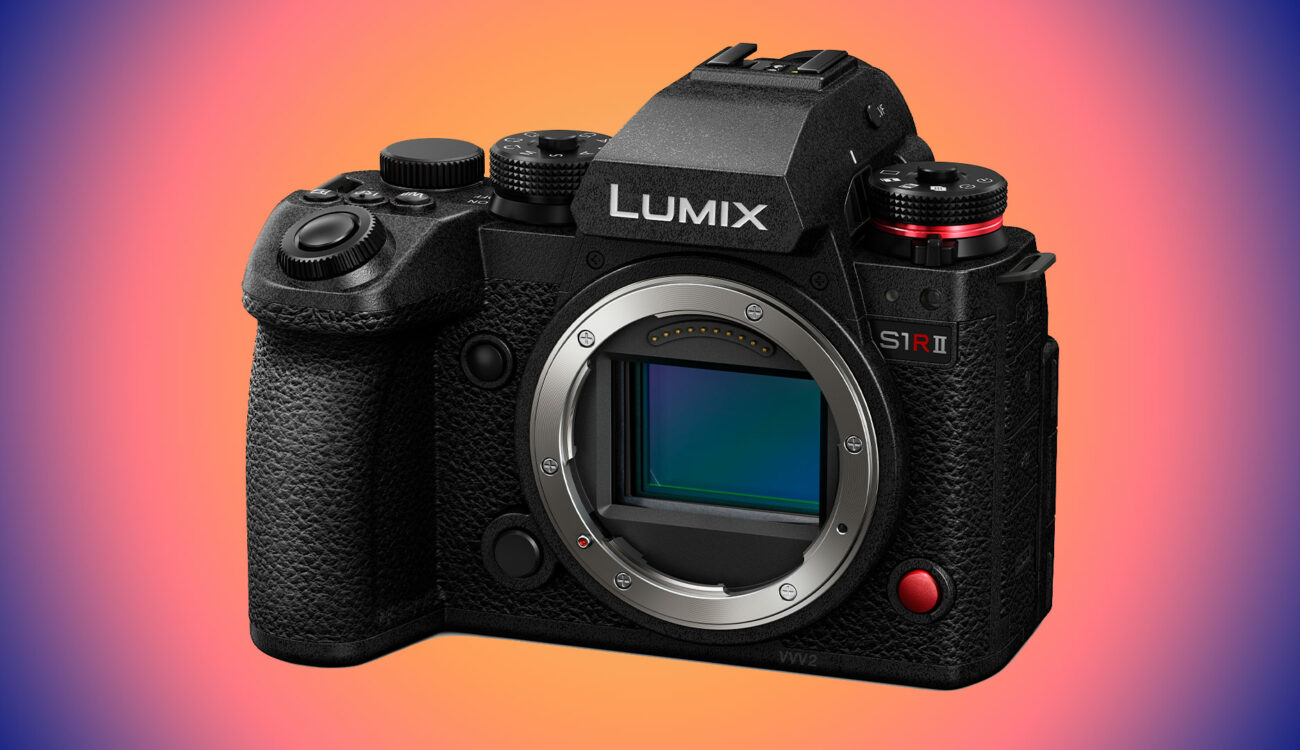
Panasonic just announced a new L-mount full-frame 44MP flagship camera – the LUMIX S1RII. Capable of 8K 30fps, 6.4K 30fps open gate, 5.9K 60fps, or 4K 120fps video in a variety of 10-bit codecs, it can also record internal ProRes and ProRes RAW video. The camera features capable IBIS, phase hybrid AF, support for 32-bit float audio with the XLR2 audio adapter, and more. The S1RII will start shipping in late March for $3,299.99.
Today, Panasonic announced a new full-frame mirrorless camera, the LUMIX S1RII. As the name implies, this is indeed Panasonic’s high-resolution full-frame photography flagship. Six long years have passed since the release of the LUMIX S1R, and looking at the spec sheet for the new “mark II,” I have to admit it was well worth the wait.
Make sure to also check out the video of my colleague Johnnie, who sat down with Matt Frazer from Panasonic to ask him everything you need to know about the new camera.
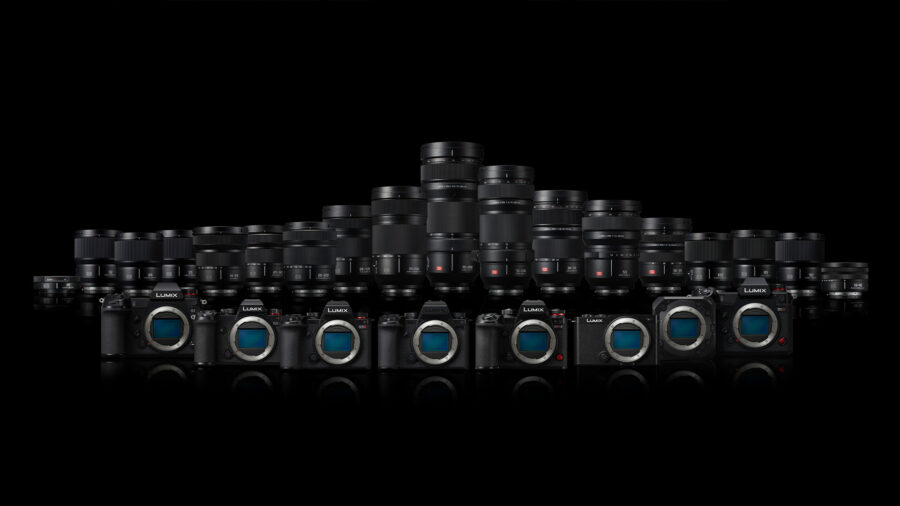
While aimed primarily at photographers, this camera seems like it will not disappoint filmmakers either. Is this a hot candidate for the best hybrid camera of 2025? Let’s take a quick look at the camera’s features and specs.
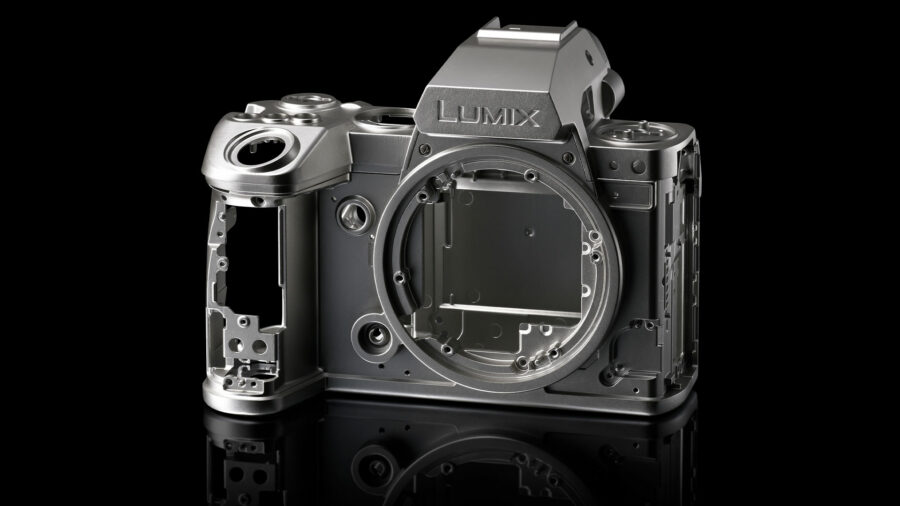
Panasonic LUMIX S1RII – 44MP sensor with dual native ISO and IBIS
The new L-Mount camera LUMIX S1RII boasts a newly developed 44.3MP BSI CMOS image sensor. Additionally, the camera offers a handheld high-resolution mode, resulting in approximately 177MP stills.
When it comes to speed, the photo burst mode can achieve up to 40fps with AF tracking. There is also a pre-burst mode, which starts taking pictures before the shutter is fully pressed.
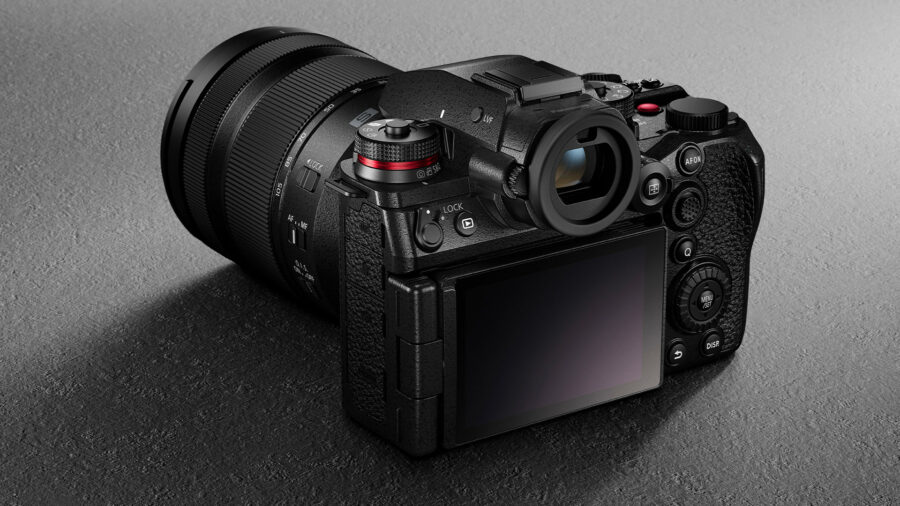
Regarding ISO, the sensor has a dual native ISO feature that uses different values for different color profiles (more about V-Log modes further down):
- Normal – low base 80, high base 400
- V-Log (dynamic range expansion off) – low base 200, high base 1000
- V-Log (dynamic range expansion on) – low base 400, high base 2000
- HLG – low base 320, high base 1600
- Cinelike A2, D2, V2 – low base 160, high base 800
The sensor features a new generation 5-axis stabilization (IBIS) with 8.0-stop shutter compensation. It also supports Dual I.S. when used with a compatible stabilized lens.
On par with Panasonic’s latest mirrorless cameras, the new S1RII has a phase Hybrid AF system with AI tracking and eye/face detection.
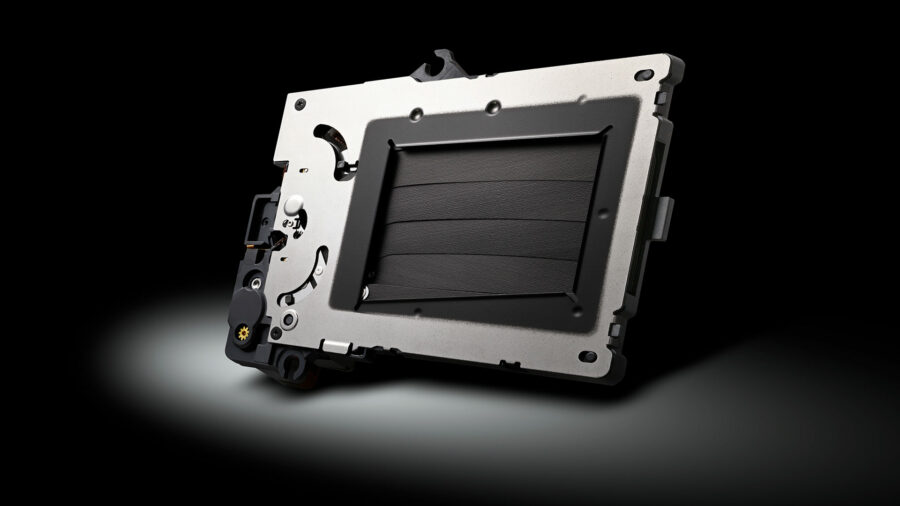
Video – 8K30, 6.4K open gate, 5.9K60, 4K120 full-frame
In my opinion, the video features of the new LUMIX S1RII are very impressive. Thanks to the high resolution, the camera can shoot up to 8K 30fps video, 6.4K 3:2 open gate, slow motion up to 5.9K 60fps and 4K 120fps in full-frame mode, or even internal raw video. The list of supported resolutions and framerates is endless, so I tried to pick the most important modes:
- 8.1K – 8128×4288 (17:9) – 24, 25, 30fps
- 8K – 7680×4320 (16:9) – 24, 25, 30fps
- 6.4K – 6432×4288 (3:2) – 24, 25, 30fps
- 5.9K – 5888×3312 (16:9) – 24, 25, 30, 48, 50, 60fps
- 5.8K – 5760×3040 (17:9) – 24, 25, 30, 48, 50, 60fps
- C4K – 4096×2160 (17:9) – 24, 25, 30, 48, 50, 60, 100, 120fps
- 4K UHD – 3840×2160 (16:9) – 24, 25, 30, 48, 50, 60, 100, 120fps
All of these modes are available in full-frame (full sensor) mode. The 5.9K or lower resolutions are additionally available in the pixel-to-pixel mode. Finally, there is also an APS-C mode, which is available for C4K and 4K UHD resolutions, as well as an additional 4:3 mode:
- 4.7K – 4736×3552 (4:3) – 24, 25, 30, 48, 50, 60fps
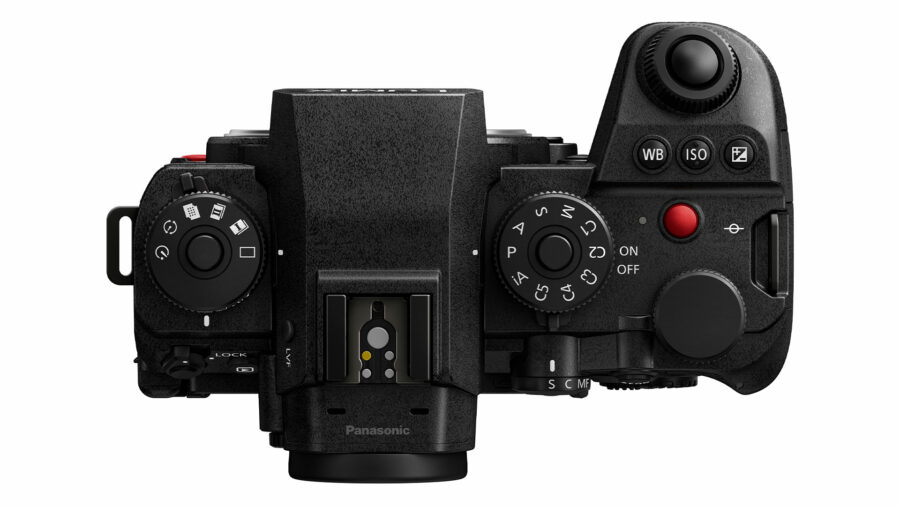
To offer maximum flexibility, depending on the resolution and framerate, you can choose one of the following codecs:
- MOV LongGOP H.264 10-bit 4:2:2 (bitrate from 100 to 300Mbps)
- MOV LongGOP H.265 10-bit 4:2:0 (bitrate from 100 to 300Mbps)
- MOV ALL-Intra H.264 10-bit 4:2:2 (bitrate from 400 to 800Mbps)
- MP4 LongGOP H.265 10-bit 4:2:0 or H.264 8-bit 4:2:0
- Apple ProRes 422 or 422 HQ (bitrate up to 1.9Gbps)
- Apple ProRes RAW or RAW HQ (bitrate up to 4.2Gbps)
In S&Q mode, the camera can achieve up to 5.9K 60fps or 4K 120fps in 10-bit 4:2:0 H.265 (some modes also in ALL-Intra 4:2:2), all in full-frame mode without crop.
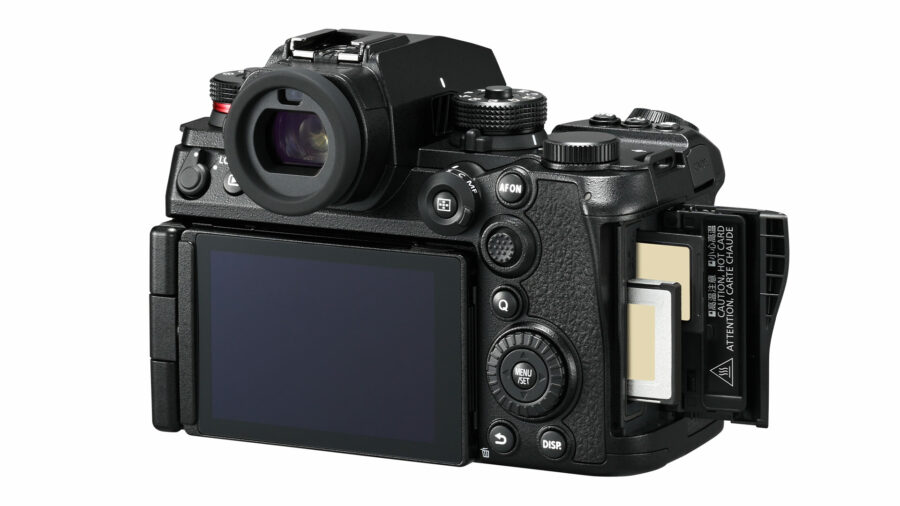
Video – internal ProRes RAW, dynamic range, upcoming firmware update
Talking about internal ProRes RAW – the LUMIX S1RII can currently record only in one resolution – 5.8K 5760×3040 (17:9) in a pixel-to-pixel mode (with a slight crop) and in framerates of 24, 25, or 30fps. The good thing is that both standard and HQ flavors are available. The camera can record internal raw video to the CFexpress Type B card.
Regarding dynamic range, Panasonic claims the S1RII can achieve up to 13 stops in V-Log or up to 14 stops (when dynamic range expansion is enabled). It will be interesting to see how the camera performs in our lab test.
Panasonic did not forget to tease additional features that will come with a future firmware update later in 2025. The S1RII will get at least two more features:
- 8.1K (and 7.2K) open gate video recording mode
- Raw video output via HDMI to record to a compatible external recorder
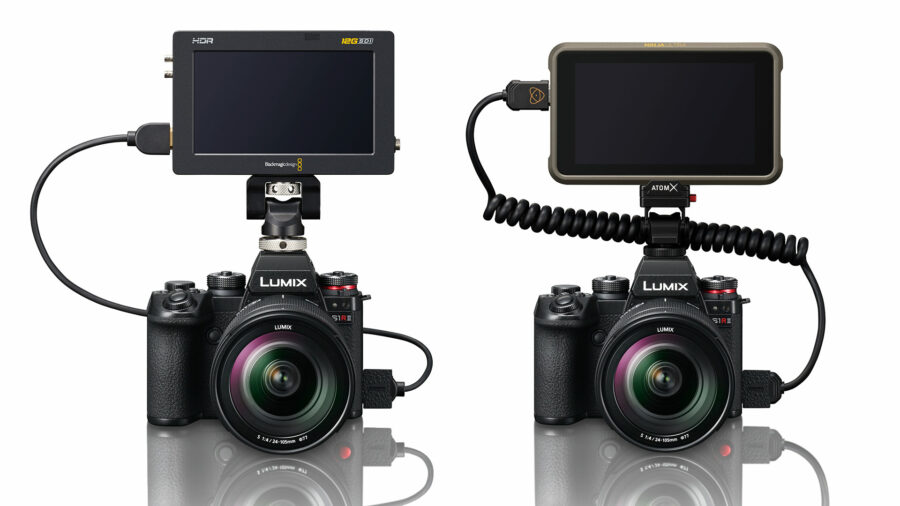
I would personally like to see additional internal ProRes RAW modes added with a future update, such as 4K60fps.
For stabilization in video mode, on top of the IBIS, the camera offers electronic stabilization and a new cropless E.I.S. video distortion correction.
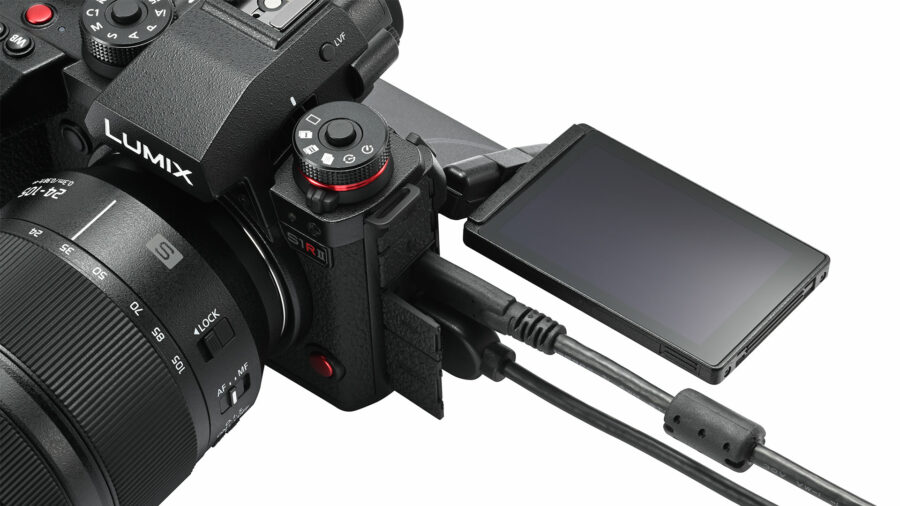
LUMIX S1RII – camera body, connectivity, audio
The LUMIX S1RII body closely resembles the S5II series cameras, but it adds a few clever features. First, there is the tilt and free-angle 3” LCD touchscreen monitor at the back, which allows for unobstructed positioning even when the cables are attached to the camera body.
The dimensions of the camera body are approximately 134.3 x 102.3 x 91.8 mm (5.29 x 4.03 x 3.61”), body only, excluding protrusions, and it weighs approximately 795g (1.75 lb) – body, hot shoe cover, battery, and one SD memory card, excluding body cap. There are two memory card slots – one SD and one CFexpress type B.
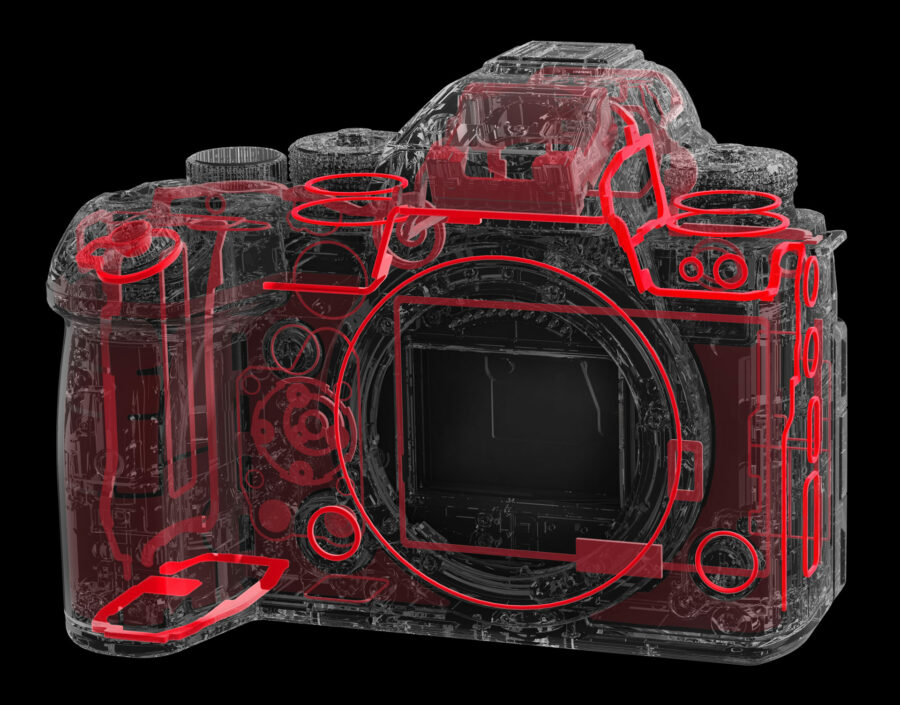
The S1RII has a magnesium alloy shell that is weather-sealed. Just like the LUMIX S5II series, this camera features an active cooling system. The EVF features an OLED screen with approximately 5.76M dots resolution with an eye sensor. This is perhaps one of the highest-resolution viewfinders I have seen recently.
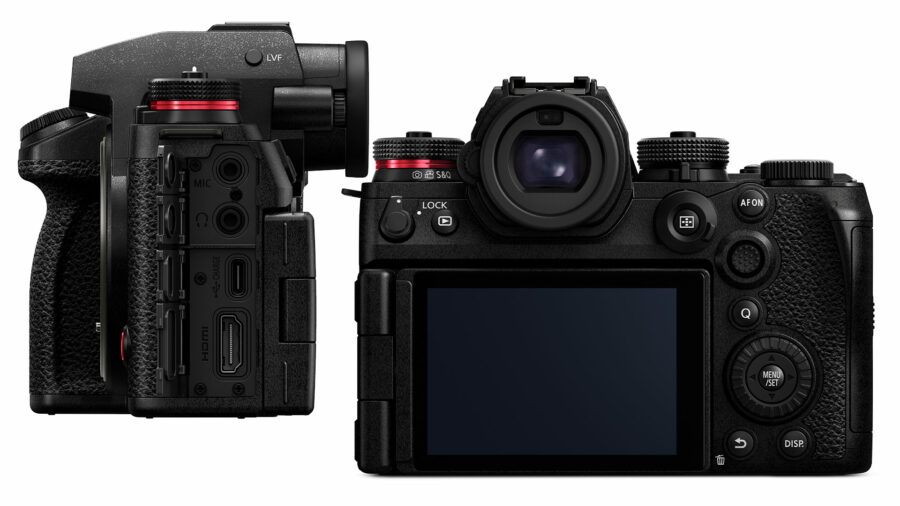
In terms of connectivity, there is a full-size HDMI port, USB-C with power delivery, 3.5mm microphone input, and 3.5mm headphone output. The camera is also compatible with Panasonic’s DMW-XLR2 audio adapter, which equips the S1RII with 32-bit float audio recording. The USB-C port also supports video output directly to an external SSD.
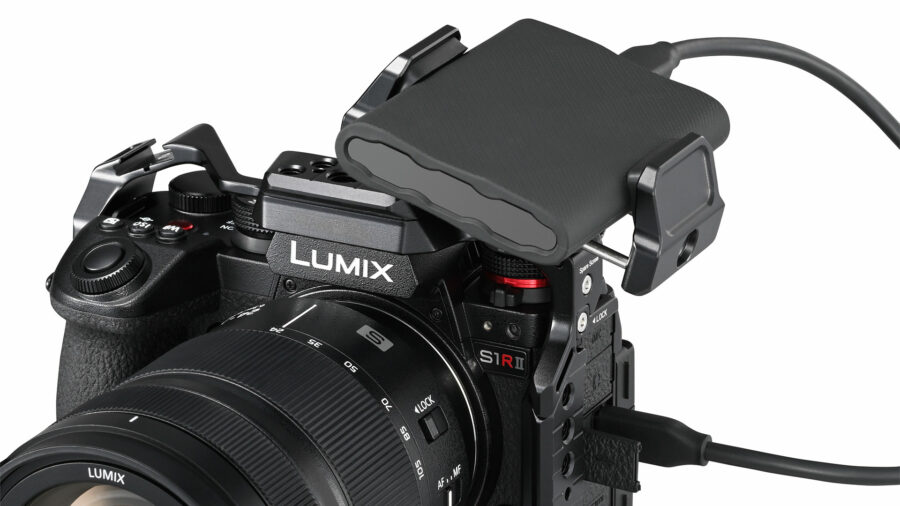
LUMIX S1RII – Apps compatibility, camera to cloud
The LUMIX S1RII will be compatible with the LUMIX Lab app that enables LUT management (loading LUTs straight to the camera, etc.) and speeds up image transfer and color editing for quick sharing.
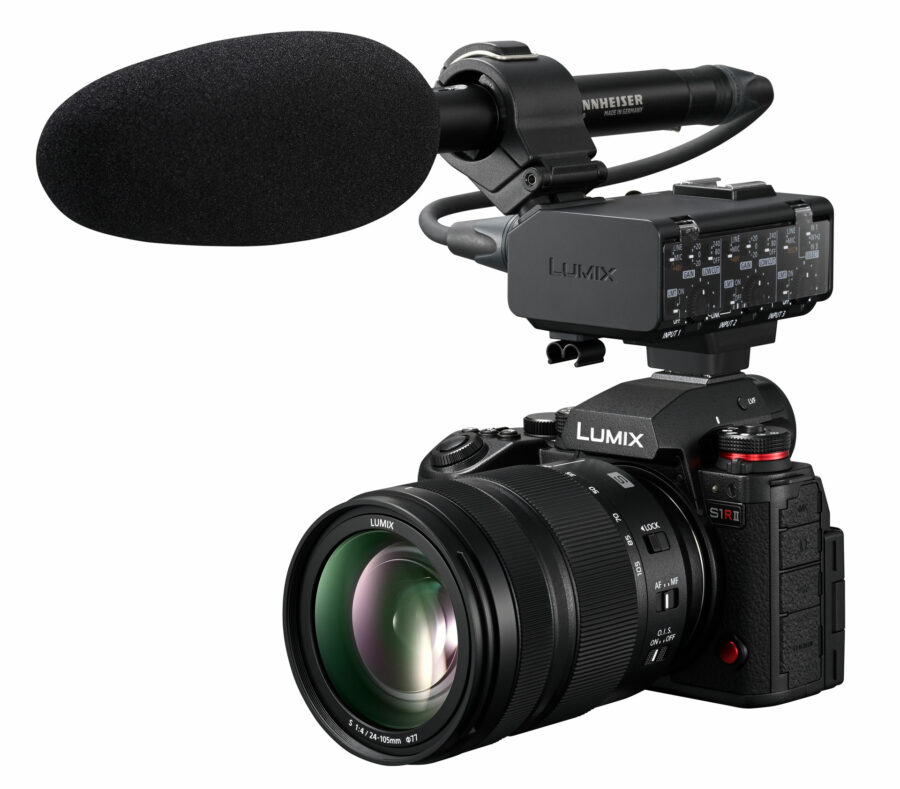
Additionally, a new LUMIX Flow app will be launched to enhance video production workflows. Panasonic says it will include a range of features from storyboard creation and shooting to file organization. The app will offer two different modes:
- Smartphone mode – helps with video creation, such as scripting and editing a short drama, documentary video, or dance video.
- External monitor – use a smartphone as an external monitor while shooting, with the possibility to change and adjust the camera settings on the mobile device.
LUMIX S1RII supports camera-to-cloud integration with frame.io and tethering via Capture One.
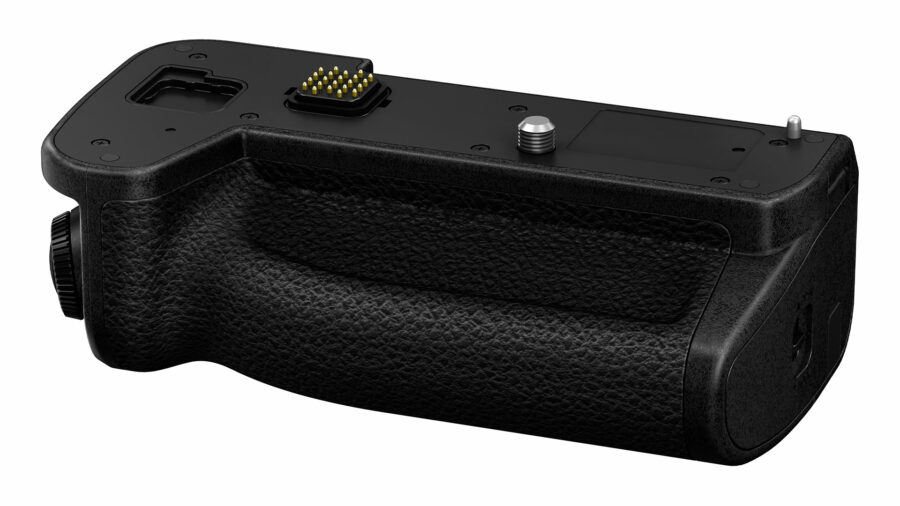
New battery grip DMW-BG2
Along with the new LUMIX S1RII, Panasonic announced a new battery grip, DMW-BG2, which provides extra battery life and enhanced ergonomics for vertical shooting. The battery in the battery grip can be exchanged while the camera is on (hot swap). The grip also helps power the camera when shooting in certain demanding modes.
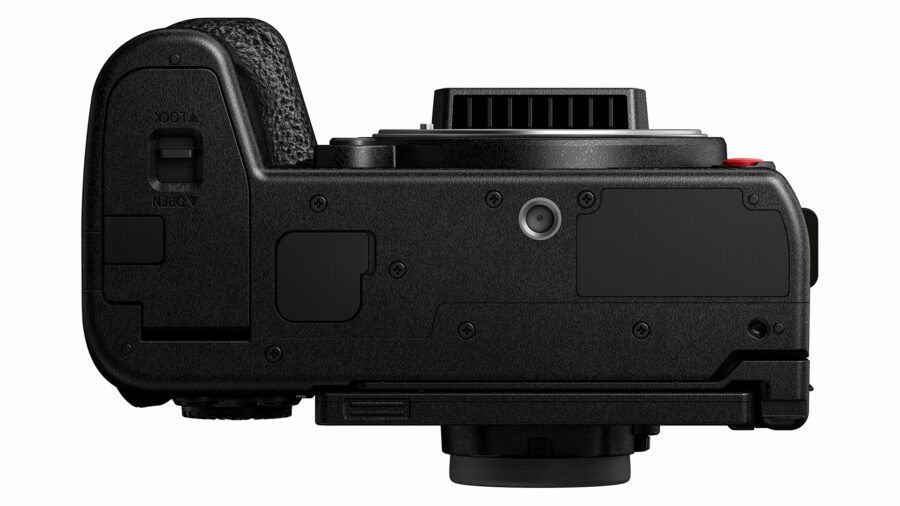
Price and availability
The LUMIX S1RII can be pre-ordered now, and it should start shipping in late March 2025, according to Panasonic. The camera will be priced at $3,299.99 (around €3,650, including VAT in Europe).
What do you think about the new Panasonic LUMIX S1RII? Are you invested in the L-mount ecosystem? Do you see the LUMIX S1RII as a valid reason to switch to the L-mount system? Let us know your thoughts in the comments section underneath the article.


























